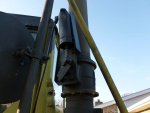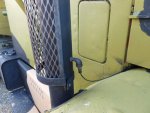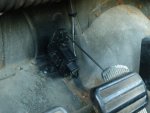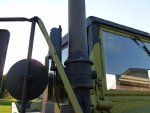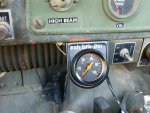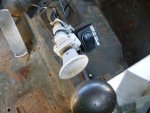Hammer
Well-known member
- 1,483
- 400
- 83
- Location
- Winlock, WA
That works in a single cylinder engine with no crankcase vent.Let's look at the case where the intake is open, exhaust is closed, and the piston is on the downstroke. The pressure in the chamber is 15psi less than atmospheric. There is then 15psi pushing on the bottom of the piston (crankshaft side). Yes, it takes energy to do this but once the intake valve closes, the 15psi on the back side of the piston pushes back with an equal force on the upstroke. It is a reversible process.
You ever pull the PVC valve and see how it PUFFS the air out? One for each cylinder like you are describing.
Two things are different from your scenaro though, the PVC allows vacuum to pull out pressure from the crankcase. And for each piston on a down stroke, there is another on the up stroke, which balances (not perfectly, I know,) the pressures in the crankcase fairly well.
What you are thinking of is a two stroke single cylinder engine. Where that same pressure under the piston is actually used to force air into the cylinder.
A 4 stroke engine does not have a sealed crankcase, and will not create ENOUGH pressure against the underside of the piston. YES, it does create some, but not enough to balance it out, or any where near close enough.
Back on topic, exhaust brakes.
Love the one on my pickup! I have over 192k miles on the original rear brake shoes, and they still have decent life left in them! Only changed the front pads twice, and still the stock rotors (2001 dodge 2500.) So you can see just how much it has extended the life of my brakes, and by extension, lessened the wear and tear on the entire brake system.
I was driving a KW with a Cat C15 with Jakes recently. One hill I was on was a 14% grade. Sure made that hill a LOT easier on the brakes, and made me feel like I could really use them if I still needed to.
Biggest question on the deuce is how much back pressure can you safely run with the stock exhaust valve springs? When I looked, I could only find a reference for 25 psi. Which is decent, but not like the normal 60 psi that most systems can create.



